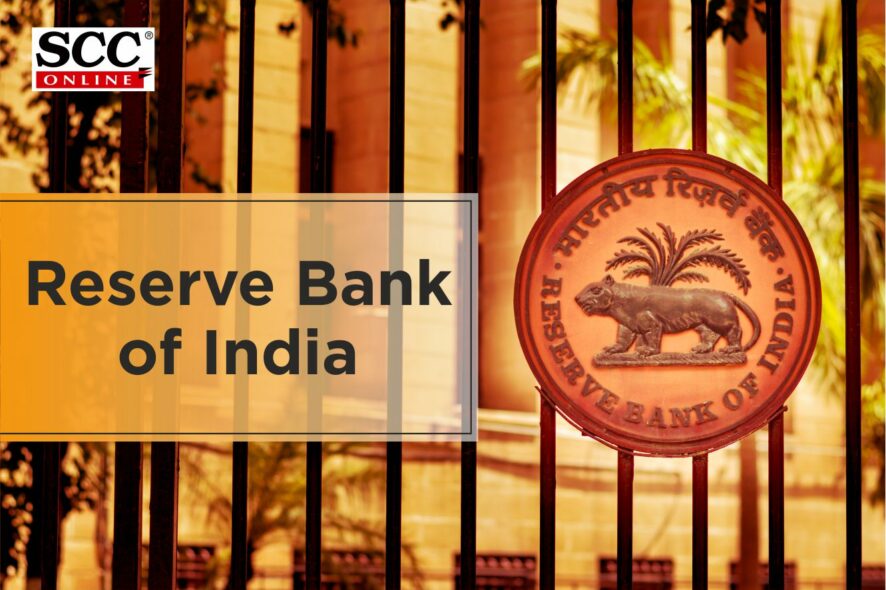On 15-02-2021, the Reserve Bank of India had constituted the Expert Committee on Urban Co-operative Banks (‘the Committee’) to examine the issues in urban co-operative banking sector, provide a medium term road map, suggest measures for faster resolution of UCBs and recommend suitable regulatory/ supervisory changes for strengthening the sector by leveraging the recent amendments to Banking Regulation Act, 1949.
The Committee, inter alia, recommended a four-tiered regulatory framework based on size of deposits of the banks and their area of operations. The differentiated regulatory approach was mainly recommended for key parameters such as net worth, Capital to Risk-weighted Assets Ratio (CRAR), branch expansion and exposure limits. Membership in an Umbrella Organization (UO) also formed a vital part of the recommendations.
The major recommendations which have been accepted are as follows:
- Adopt a simple four-tiered regulatory framework with differentiated regulatory prescriptions aimed at strengthening the financial soundness of the existing UCBs. Specifically, a minimum net worth of ₹2 crore for Tier 1 UCBs operating in single district and ₹5 crore for all other UCBs (of all tiers) has been stipulated.
- Minimum Capital to Risk Weighted Assets Ratio (‘CRAR’) requirement for Tier 1 banks is retained at the present prescription of 9% under current capital adequacy framework based on Basel I. For Tier 2, Tier 3 and Tier 4 UCBs, while retaining the current capital adequacy framework, it has been decided to revise the minimum CRAR to 12% so as to strengthen their capital structure.
- Introduce automatic route for branch expansion to UCBs which meet the revised Financially Sound and Well Managed (FSWM) criteria and permit them to open new branches up to 10% of the number of branches as at the end of the previous financial year.
- Assign the risk weights on the basis of Loan to Value (LTV) Ratio alone which would result in capital savings. This will be applicable to all Tiers of UCBs.
- Revaluation Reserves will be considered for inclusion in Tier-I capital subject to applicable discount on the lines of scheduled commercial banks.







